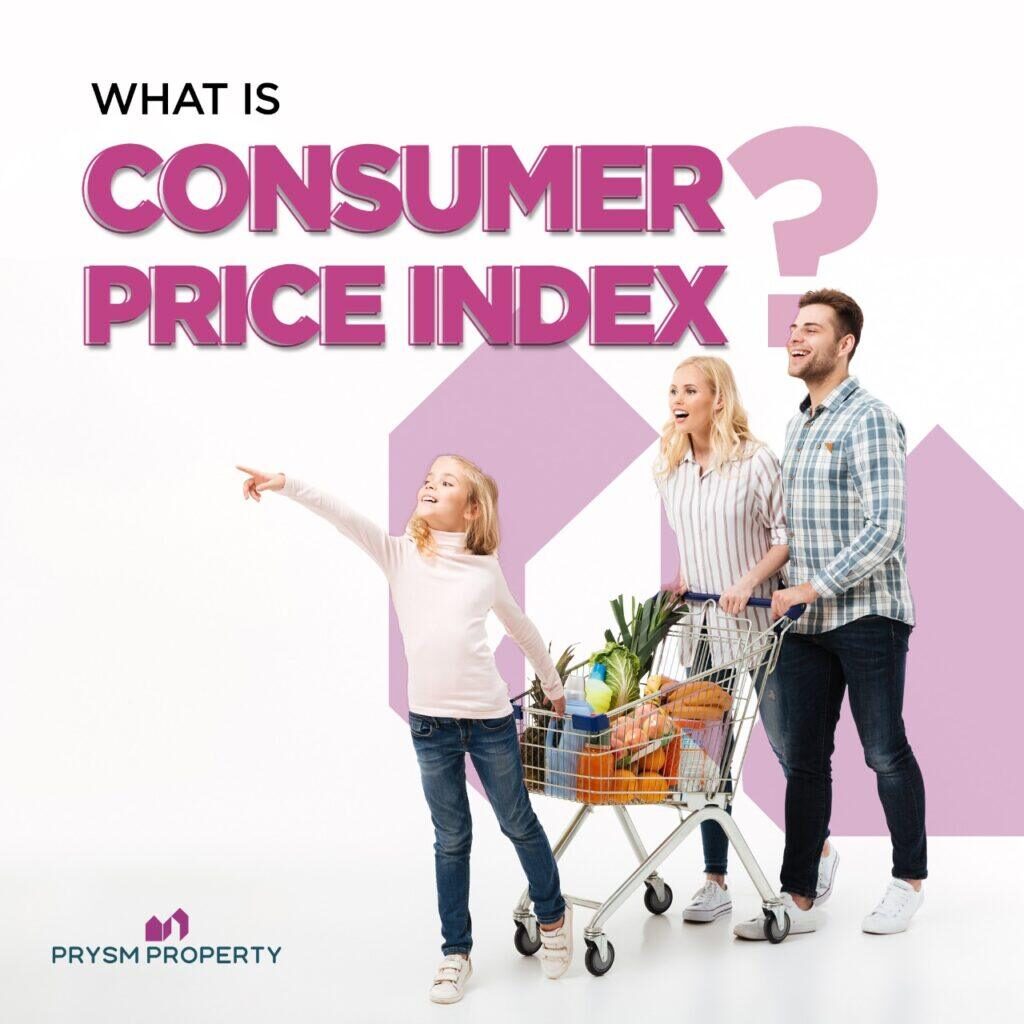Definition
Consumer Price Index (CPI) is the official domestic measure of inflation of consumer goods in the UK – This basically gives a measure of the cost of living. It is also called the Harmonised Index of Consumer Prices (HICP).
The rate of inflation is the fluctuation in prices we pay for goods and services. Common measures of inflation include:
● Consumer Price Index (CPI)
● House Price Index (HPI)
● Producer Price Inflation (PPI)
How Is CPI Calculated?
The CPI is compiled using underlying price data and is based on a selection of approximately 650-700 commonly used goods and services. The price movements of the selected goods and services are measured in around 150 randomly selected locations throughout the UK.
Around 120,000 separate price quotations are used monthly to accumulate the CPI and the selection of goods and services used to measure the CPI are reviewed annually.
Categories In CPI
In the UK, the most critical categories in the CPI are:
● Transport – 16 per cent
● Recreation and Culture – 15 per cent
● Housing, Water, Electricity, Gas and Other Fuels – 13 per cent
● Restaurants and Hotels – 12 per cent
● Food and Non-alcoholic Beverages – 10 per cent
The index also includes:
● Miscellaneous Goods and Services – 9 per cent
● Clothing and Footwear – 7 per cent
● Furniture, Household Equipment and Maintenance – 6 per cent
● Alcoholic Beverages and Tobacco and Health, Communication and Education – 11 per cent
UK Inflation Hits New 40-year High Of 9.1%
The 9.1% rise in CPI released on 22nd June 2022 is in line with expectations from economists in a Reuters poll. Although this increase is slightly higher than the 9% increase recorded in April, it is still very much expected.
In the month of May, the consumer prices rose by 0.7%, just above expectations for a 0.6% rise. The consumer prices in May are thankfully well short of the 2.5% monthly increase in April. It indicates that inflation is slowing somewhat.
As U.K. inflation hit 9.1% year-on-year in May, food and energy prices continue to soar and deepen the country’s cost-of-living crisis.
A significant contribution to the inflation rate in the UK came from housing and household services. The cost of electricity, gas and other fuels, along with transport, have seriously affected inflation.
The CPI, including Owner Occupiers’ Housing Costs (CPIH), came in at 7.9% from 12 months to May 2022, rising slightly from 7.8% in April.
The Bank of England base rate currently sits at 1.25%, a 13-year high. Many believe that the worst is yet to come as the Bank expects the Consumer Price Index to exceed 11% by October 2022.
Soaring CPI and Cost Of Living Crisis
The major external shocks faced by the global economy are due to the surge in the price of food and energy. The war in Ukraine and supply chain problems due to Covid-19 pandemic bottlenecks are to blame for the cost-of-living crisis.
The alarming news is that this cost-of-living crisis caused by the high CPI rate (reviewed every month) will not be a short-lived affair – this ultimately leaves the Bank of England stuck between a rock and a hard place.
Unlike the U.S., the Bank of England continues to plod along at a slower pace, trying not to tip the economy into recession at a time when consumers and businesses are already feeling the pinch. But more challenging decisions from the Bank of England are expected very soon, hinting at further interest rate rises at its next meeting.


